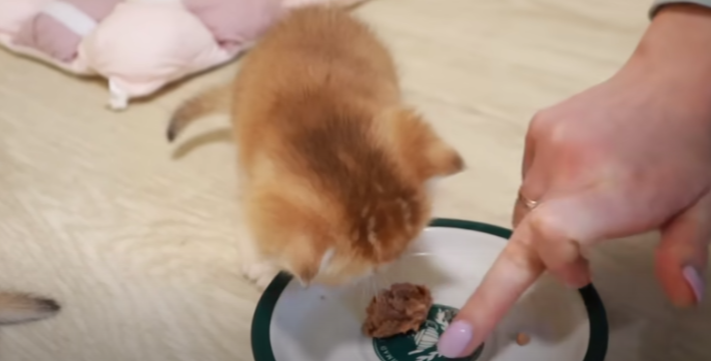In exploring the complex dynamics of pet ownership, one often-overlooked aspect is the dietary habits of beloved companions, particularly felines. The question “Can I give my cat turkey?” beckons not just a biological and nutritional assessment but invites an examination through the lens of cultural relativism. This perspective necessitates an understanding that dietary practices and food consumption are imbued with deeper cultural significances, and thus, the feeding of pets, such as cats, warrants a nuanced analysis.
Culturally, cats have occupied a prominent position across various societies, symbolizing different attributes ranging from independence to companionship. To understand whether turkey is an appropriate treat for our feline companions, one should first engage the cultural contexts in which pet feeding practices arise. In Western societies, where dogs are often considered “man’s best friend,” cats are frequently relegated to secondary status. This perception can influence a pet owner’s approach to nutrition, possibly leading to oversights regarding the dietary needs of cats, especially when integrating human foods into their diets.
From a nutritional standpoint, turkey is a rich source of protein, amino acids, and various vitamins such as niacin and B6, which are beneficial for cats. However, addressing the cultural relativity of dietary practices becomes paramount. In many cultures, domesticated animals are viewed not merely as pets but as integral members of the family unit. This familial attachment often dictates food sharing practices that may not align with the nutritional requirements of cats, potentially leading to health complications.
Therefore, navigating the appropriateness of feeding turkey to cats does not solely rely on empirical data related to its nutritional composition; it also encompasses the responsibilities of the pet owner in ensuring that their manner of feeding aligns with the psychological and physiological needs of their cats. This intersection of cultural practices and nutritional science reflects not only on individual choices but also on broader societal attitudes toward animal welfare.
When contemplating turkey as a dietary option for cats, pet owners must proceed with caution. Fresh, cooked turkey devoid of seasoning or additives is generally safe. However, certain turkey products, particularly processed turkey meant for human consumption, may contain harmful preservatives or ingredients, such as garlic or onion, which are toxic to felines. Herein lies another layer of complexity — the culinary traditions and dietary practices drastically vary across cultures, thus impacting how pet owners perceive safe and appropriate feeding methods.
Moreover, one must consider the implications of habitual feeding practices. For instance, the practice of feeding cats turkey or other human food as a treat can easily escalate into a daily routine. This could inadvertently lead to an imbalanced diet, as cats, obligate carnivores, require specific nutrients found in balanced commercial cat food. Highlighting this potential pitfall brings forth the relational aspect of pet ownership; the act of sharing food often fosters a deeper connection between owners and their pets, though it may not necessarily nurture the animal’s health.
Further, one should not overlook the role of socio-economic factors in shaping pet feeding practices. In wealthier households, the inclination may be to indulge pets with gourmet foods, informed by a belief that more expensive or exotic foods equate to better nutrition. Conversely, economically disadvantaged households may resort to any available food source, including table scraps, which can lead to unintentional health risks for their cats. This disparity elucidates how economic status and cultural beliefs converge to inform feeding practices and perceptions of animal care.
Recognizing these diverse influences calls for a more deliberative and educated approach to feeding practices centered around the well-being of the pet. For pet owners interested in sharing turkey with their cats, it is prudent to limit portion sizes and frequency. Turkey should be introduced gradually to monitor for potential adverse reactions, such as allergies or digestive issues. Additionally, providing cooked turkey as an occasional treat can keep it special, preserving the human-animal bond without compromising the cat’s overall nutrition.
Ultimately, fostering a safe feeding practice involves an amalgamation of cultural awareness, nutritional knowledge, and a commitment to animal welfare. Pet owners should strive for a diet that prioritizes a cat’s health while doling out cherished human food like turkey in moderation and with thoughtful consideration. This approach not only ensures that cats enjoy the occasional culinary delight but also aligns with the growing emphasis on responsible pet ownership that transcends barriers of culture and class.
In conclusion, the matter of feeding turkey to cats is multifaceted, shaped by cultural norms, economic factors, and nutritional science. As pet owners navigate these waters, a conscious effort to bridge the gap between human culinary traditions and the dietary requirements of cats is essential. Doing so will mitigate risks associated with inappropriate feeding, channeling our fascination with our feline companions into responsible and nurturing practices rooted in understanding and respect for their needs.
